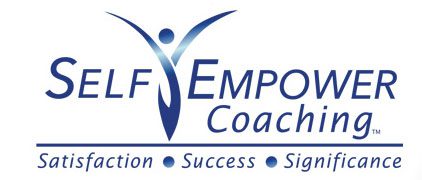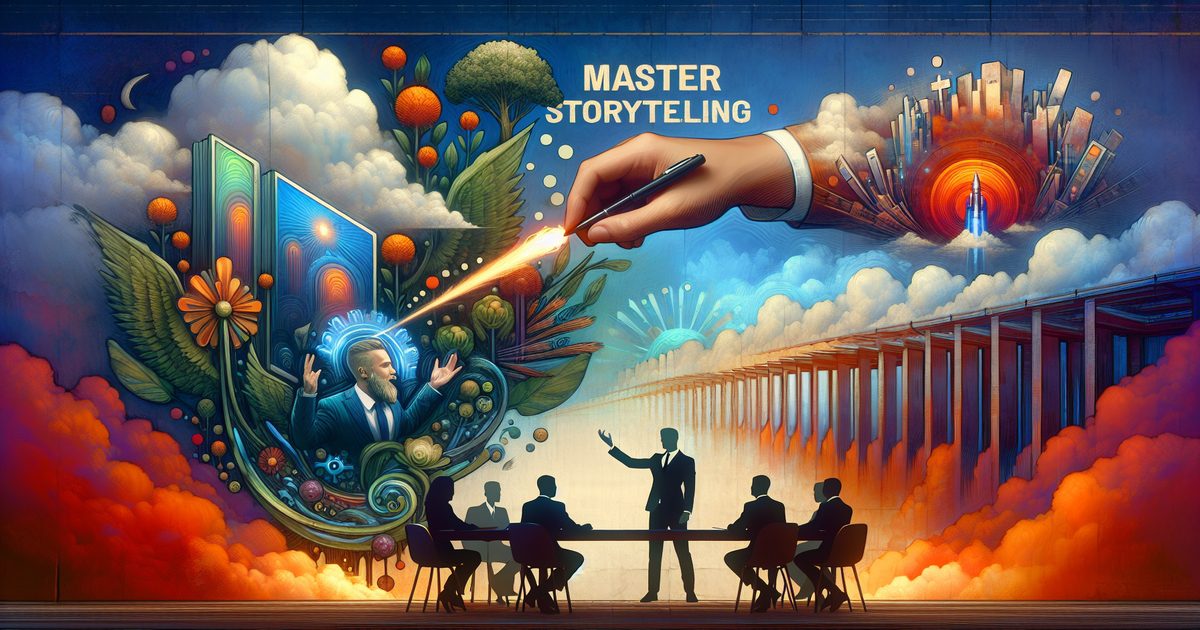Crafting compelling narratives tailored to showcase your relevant skills can set you apart in interviews. Authenticity and genuineness in storytelling resonate with interviewers, leaving a lasting impression. During the interview process, active listening allows you to respond thoughtfully and seamlessly, incorporating critical details into your stories. By mastering the art of storytelling, you can captivate your audience and effectively convey your qualifications.
allows you to respond thoughtfully and seamlessly, incorporating critical details into your stories. By mastering the art of storytelling, you can captivate your audience and effectively convey your qualifications.
Importance of storytelling in interviews
How storytelling can make you memorable to employers
Sharing personal anecdotes helps create a robust and lasting impression. By weaving your experiences into storytelling, you establish a genuine connection with the interviewer. This approach makes you more relatable and human than just other candidates. Your communication skills shine through as you articulate your narratives, showcasing your ability to convey ideas effectively.
Crafting compelling interview stories allows employers to remember you long after the interview. When you share engaging accounts of overcoming challenges or achieving success, it leaves a lasting impact. For instance, recounting how you resolved a complex issue using innovative problem-solving techniques can leave a vivid imprint on the interviewer’s mind. Just be yourself, relax, and tell your story.
Setting the stage for mastering storytelling in interviews
Understanding the company’s culture and values is crucial when preparing interview stories. Tailoring your narratives to align with these aspects demonstrates that you’re qualified and culturally compatible with the organization. You can practice brevity by honing your ability to tell impactful stories concisely without losing their essence.
The STAR method (Situation, Task, Action, Result) provides a practical framework for structuring your interview narratives. Organizing your storytelling around these key elements ensures clarity and coherence while highlighting relevant skills and accomplishments.
Build the stage in your resume.
Here’s another technique I like my clients to practice during the resume process. It’s similar to the STAR method. The C.A.R. method is an effective way to showcase your accomplishments in your resume. C.A.R. stands for Challenge, Action, and Results. It, too, is a storytelling technique that helps you highlight your professional development and accomplishments in your previous roles.
Think about what you did in each job on your resume. What were the tasks and challenges? Then, talk about what you did to overcome those challenges and the results you got. Keep the action part of the story short and simple. Just say what you did to make things better.
Here are some examples of how you can use the C.A.R. method to describe your accomplishments:
- Instead of: Researched marketing strategies.Try: Improved our company’s return on investment with our marketing campaigns.
- Instead of: Worked with the frontend checkout process.Try: Helped improve our sales-per-hour numbers at checkout.
- Instead of: New market analysis.Try: Found new markets for our products in the Midwest.
In summary, you’ve learned about storytelling’s crucial role in interviews. By weaving your experiences into compelling narratives, you can captivate your interviewer and leave a lasting impression. Remember, your stories should highlight your skills and values, showing how you’ve overcome challenges and succeeded. Now, it’s time to put these insights into action. Craft your own unique stories and practice delivering them with confidence. Embrace the power of storytelling to stand out and showcase the best of what you have to offer in your following interview.
So, go ahead and start honing your storytelling skills. Your following interview is an opportunity to shine; your stories will set you apart from the crowd. Good luck!
Key Takeaways
- Mastering interview storytelling can set you apart from other candidates by making your experiences memorable and engaging for the interviewer.
- Use the STAR (Situation, Task, Action, Result) method to structure your stories and make them clear and impactful.
- Incorporate emotions and personal anecdotes into your stories to create a connection with the interviewer and leave a lasting impression.
- Please practice your stories beforehand to ensure they are concise and relevant and effectively convey your skills and qualifications.
- Tailor your stories to align with the company’s values and culture, demonstrating how you can contribute to their success through your experiences.
- Remember that storytelling is about talking, listening, and responding effectively to questions by weaving in relevant narratives.
Source:
How to Get More Results With a C.A.R. Resume https://www.topresume.com/career-advice/how-to-get-more-results-with-a-car-resume.


0 Comments